When we look at STEAM in Early Childhood, we feel it is important to focus on the teacher’s role and how they can best support students in this area. Previously, we touched on how the teacher can appropriately set up the environment. This includes allowing enough time for STEAM activities, providing the right space for STEAM experiences, and furnishing materials that best support student endeavors. In addition to the environment, teachers have much more to do in their role as STEAM guides.
Observation is key
Being present, sitting at children’s level, and moving from child to child are appropriate practices for enhanced observations. While observing, it is crucial to notice student interests. This allows the teacher to make informed decisions to set up the environment or provide the needed activities for optimal learning. Observation also allows adults to check for understanding among students and gives insight into how students are learning STEAM concepts. Often, we discover more about children’s learning by watching than from directly teaching. We can see how they experiment and explore to make sense of things like gravity and cause and effect enabling us to gain a better view of their learning.
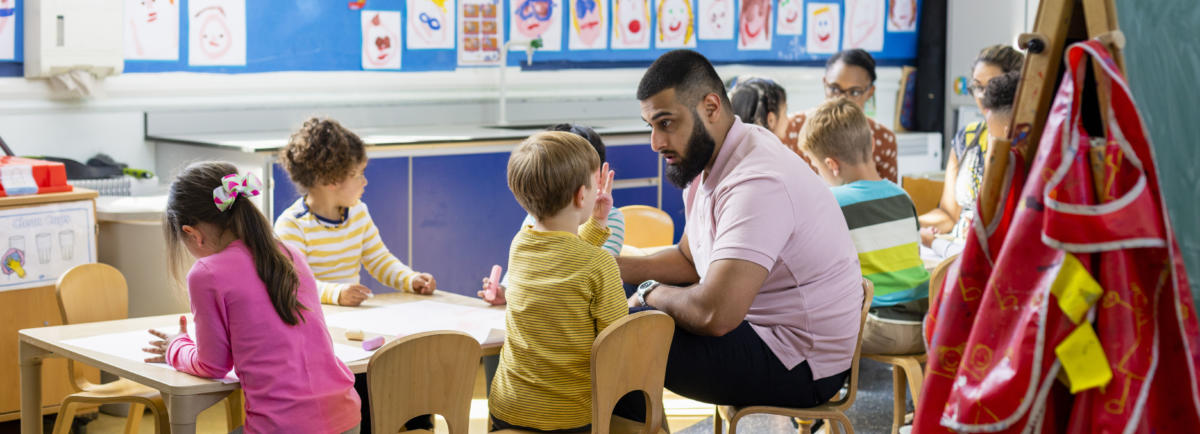
Participate in meaningful interactions
We begin by listening, truly listening to what children are saying to us. We can also model language by using techniques such as self-talk (narrating our actions as we perform them) or parallel talk (narrating children’s actions as they perform them). Engaging in true conversations is a key piece of these interactions as well. Making sure we are having some back and forth, turn-taking dialogue builds children’s language and our relationships with them. This, in turn, boosts learning and allows us to assess our students in many ways. Lastly, we want to make sure we are asking open-ended questions. These are questions that require more than a yes, no, or one-word answer. Examples might be, “Why do you think that?” or “What will happen if…?” By asking these types of questions, we promote discussion and thinking.
Scaffold children’s learning
Scaffolding is about providing the least amount of support that a child needs to do something they cannot quite do yet on their own. Therefore, a teacher uses many strategies to help children build on what they know, practice skills, and reach their next educational goals. Acknowledging and encouraging student efforts, giving specific feedback, modeling or demonstrating something, offering hints or assistance, providing information, and creating or adding a challenge are all ways teachers can scaffold. STEAM is the perfect avenue to employ these techniques in the quest for moving the learning needle.
Therefore, as we engage our young learners in early childhood STEAM experiences, let us be cognizant of the many hats we should wear as their educational advocates. When we set up the right environment, partake in high-quality adult/child interactions and scaffold children’s learning we are doing exactly what we should be doing. The outcome will be rich STEAM opportunities and increased learning for all our students.
Jennifer Fernandez
Jennifer has over 30 years of experience in education. She has degrees in Elementary Education, Spanish, and Bilingual Education and holds teaching licenses in Texas and Minnesota. She has taught PreK-2nd grade in general and bilingual settings, served as a professional learning specialist for seven years, and currently presents at state and national conferences.
Read more by Jennifer Fernandez–>
Naomi Hartl
Naomi Hartl graduated from the University of Saskatchewan and started teaching in her home province of Saskatchewan, Canada. She has taught a variety of subject areas including biology, mathematics, health education, physical education, home economics, and career education. In 2015, she relocated to Oregon, USA, to work with School Specialty and has worked in curriculum development and writing with the company and is now the Science and STEM Subject Matter Expert. Working with School Specialty has allowed her to pursue her dream of making a difference in the lives of teachers and students by curating solutions to create safe, equitable, and successful learning programs.
Read more by Naomi Hartl–>

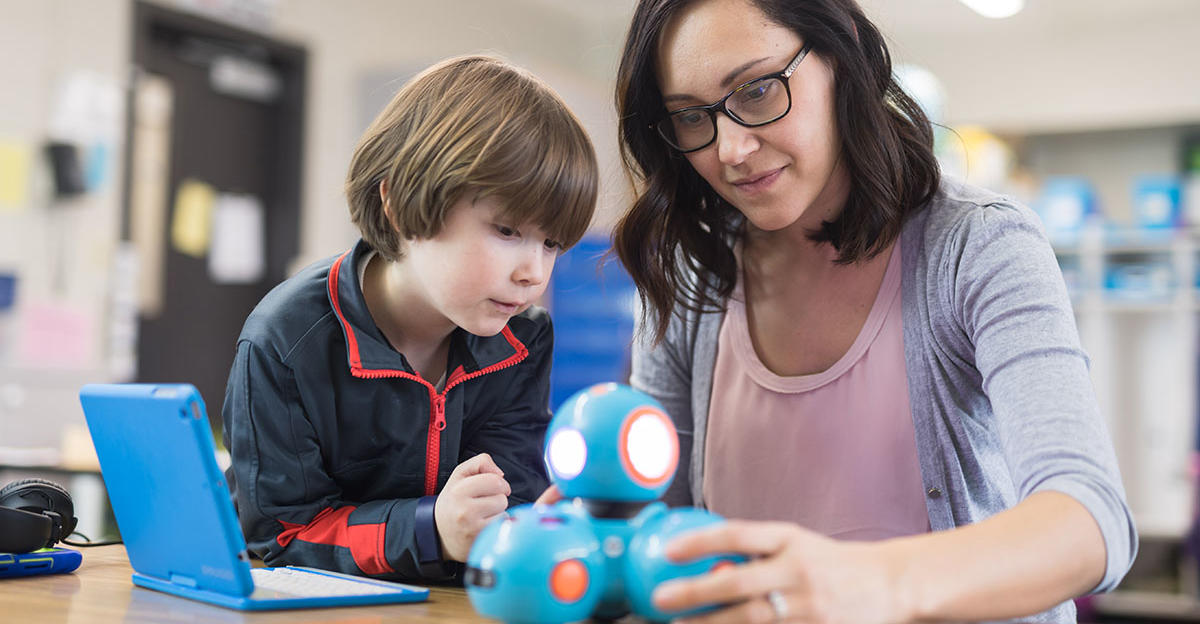
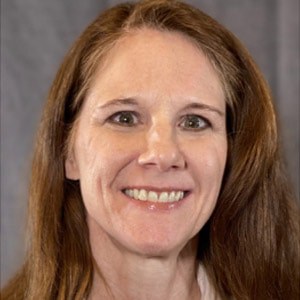
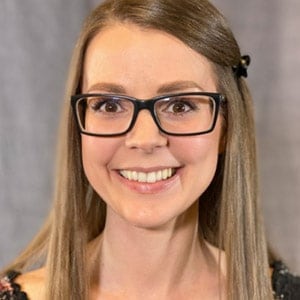
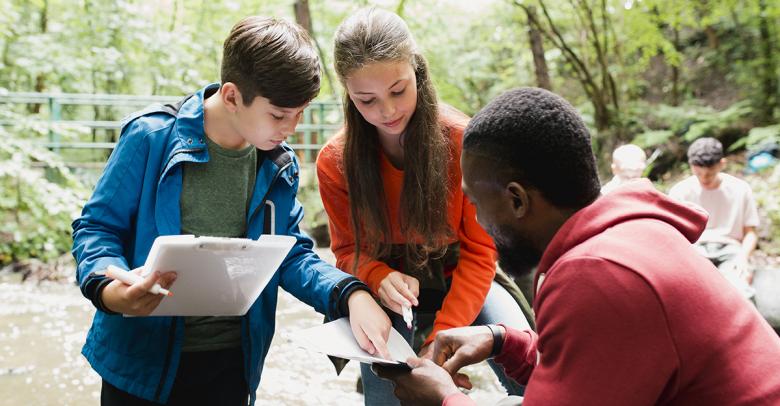
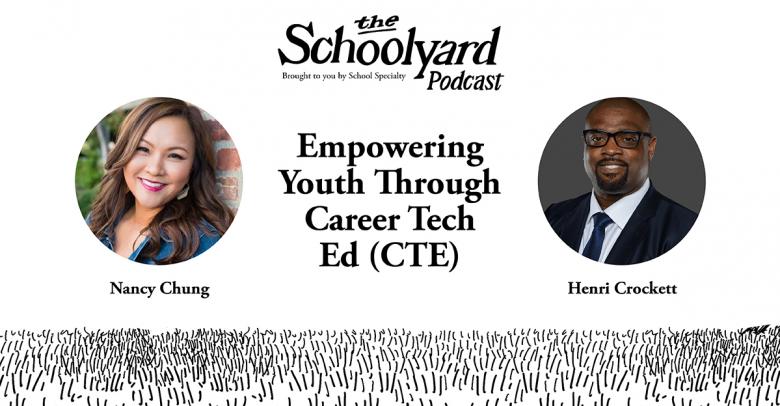
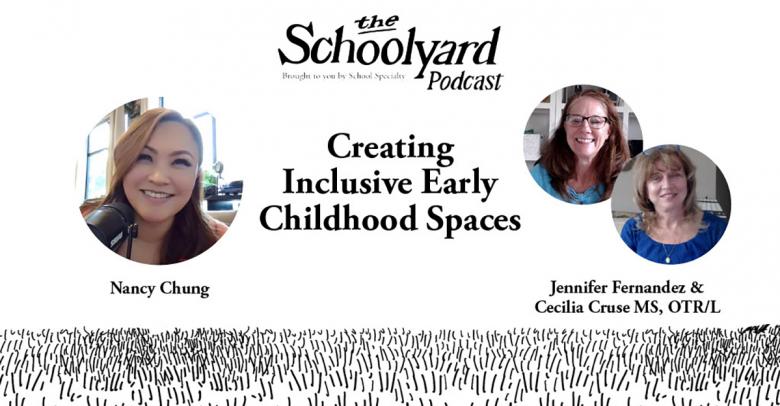
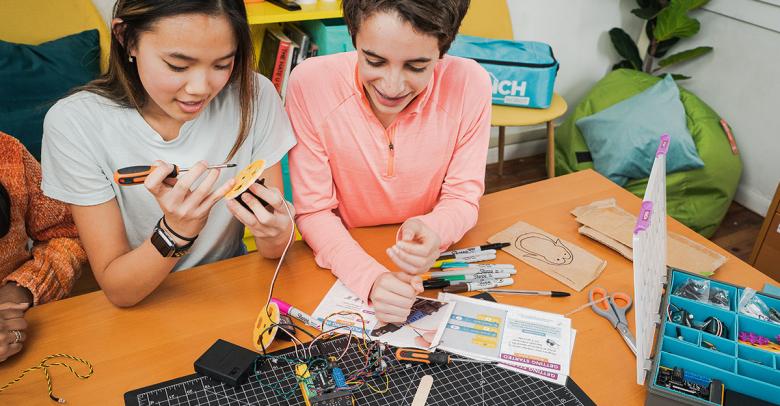
Leave a Reply